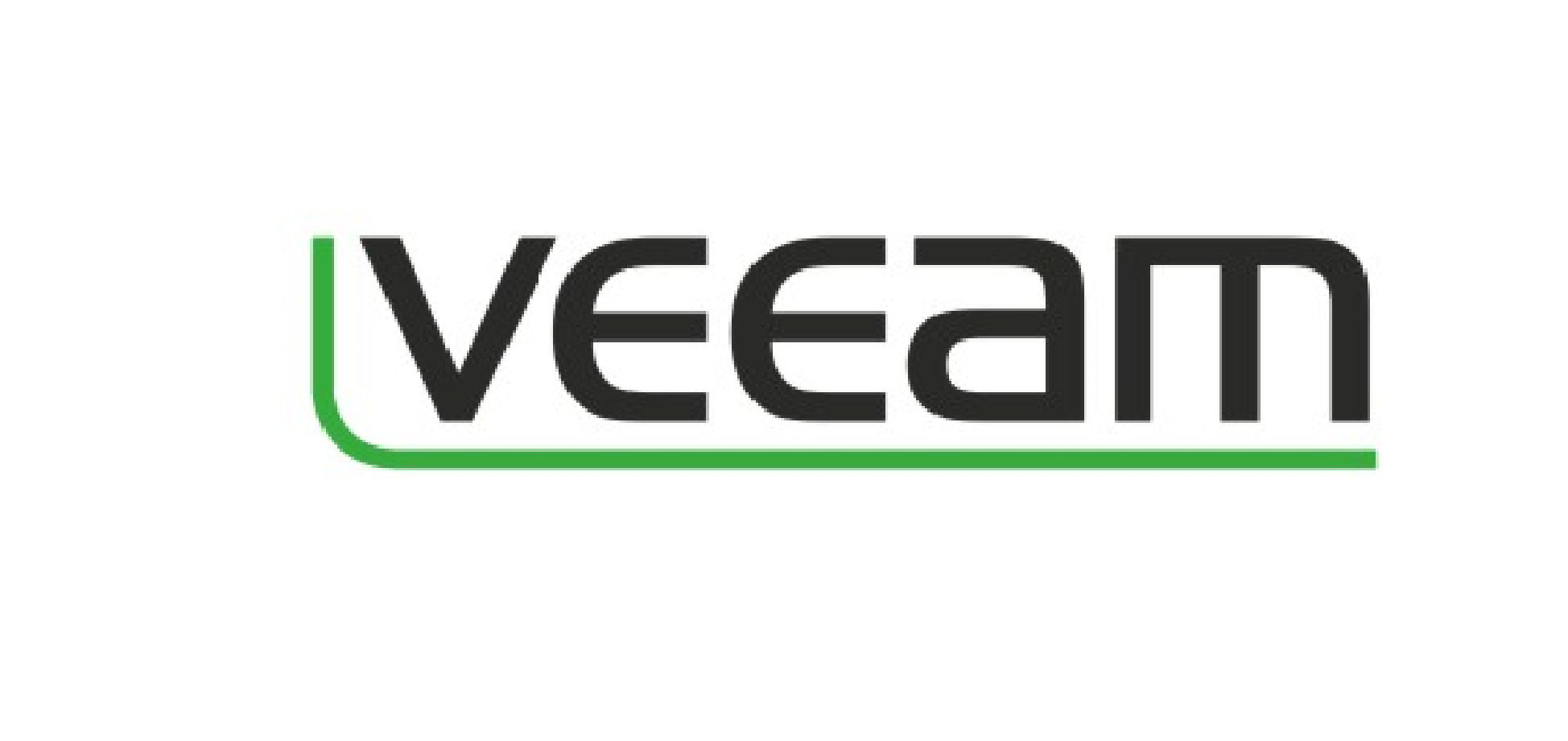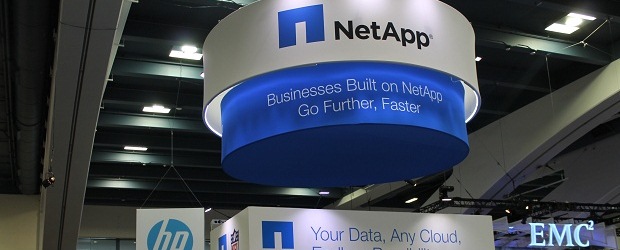In a wide-ranging announcement, NetApp unveiled its first enterprise-scale hyper converged solution (HCI) which leverages SolidFire technology.
The launch was supported by a new consumption pricing model specifically set up to encourage customers to scale up and down on data storage capacity.
These new HCI systems will focus on scale and automation features with a new set of all-flash capabilities; one of which is automatic and transparent tiering of inactive data to the cloud.
The strategy behind the release of NetApp HCI is for these new solutions and services to unify data across the widest range of cloud and on-premises environments. In doing so, NetApp believes it will empower organizations to utilize data to create more customer touchpoints and optimize operations.
NetApp is positioning the new HCI as an alternative to the first-generation hyper-converged solutions that are on the market currently. According to NetApp, this solution allows customers to run multiple applications integration with the Data Fabric.
Built on SolidFire, NetApp HCI is targeting enterprises, mid-sized businesses, and service providers for delivery of consolidate workloads. The company says, the new HCI can scale in ways that won’t strand resources, and deliver the performance required by next-generation applications.
From an alliance partner perspective, NetApp HCI features integrations with partner solutions including those from Commvault, Intel, MongoDB Enterprise, Veeam, and VMware.
Also introduced with the HCI is a new channel financing program called NextCredit. This program is being positioned as an option to future-proof hardware assets. With NextCredit, customers who purchase eligible All Flash FAS (AFF) A Series models and associated support contracts, upon exercising the renewal terms, will receive a flexible, fixed dollar credit toward future purchase of NetApp products. These credits let customers upgrade or build out their Data Fabric with new technologies and capabilities, including cloud and SaaS-based solutions, as they become available. It can be used in multiple ways, from AFF controller upgrades, to new nodes in a Data Fabric cluster, to licenses for ONTAP Cloud so customers can easily connect with public cloud resources.
And, as for ONTAP, NetApp also released a data management software for cloud capabilities to NetApp AFF arrays. The FabricPool feature delivers automatic and transparent tiering of inactive data to the cloud, further optimizing on-premises flash and reducing overall storage costs by up to 40 per cent, the company said.





